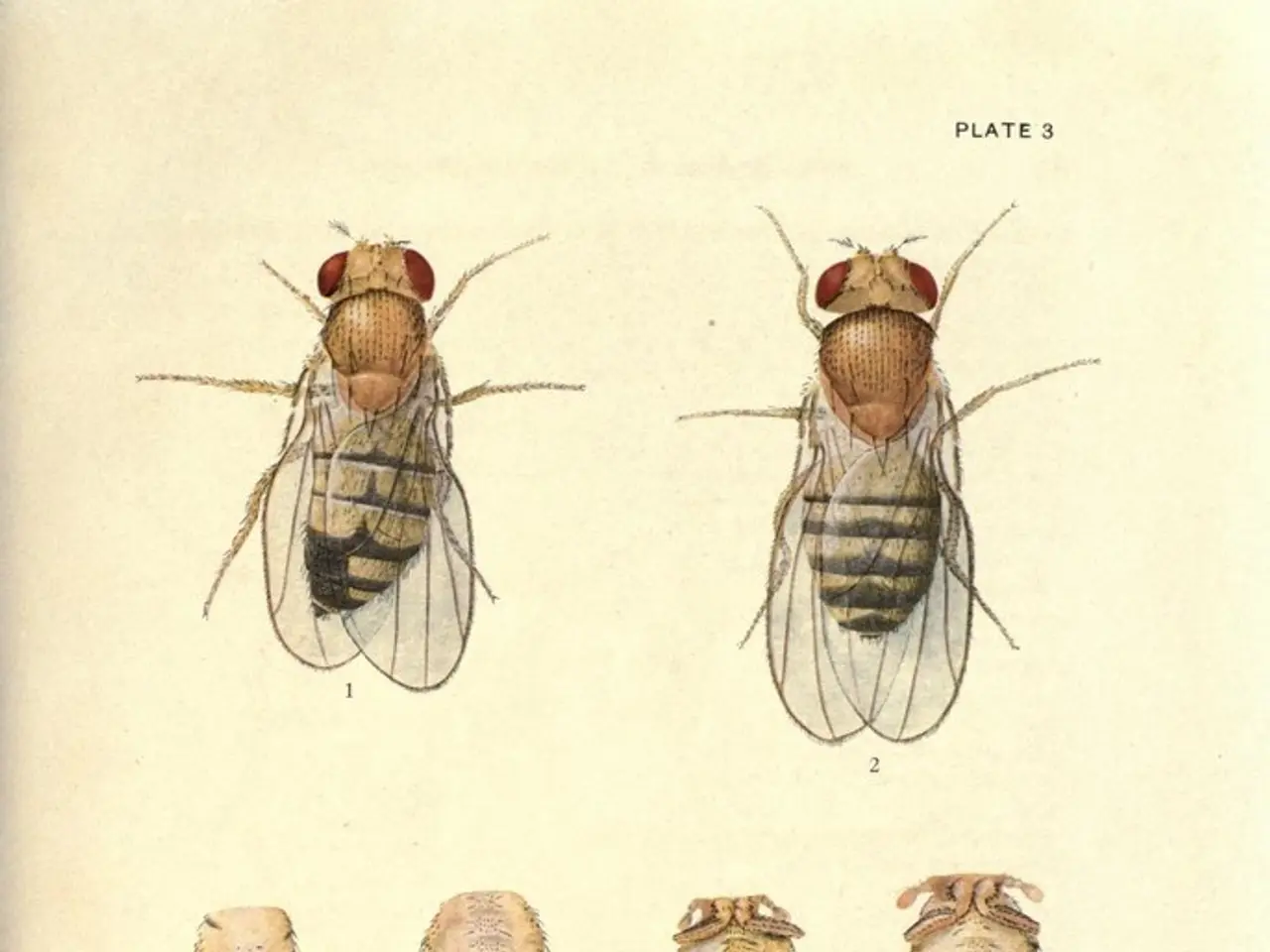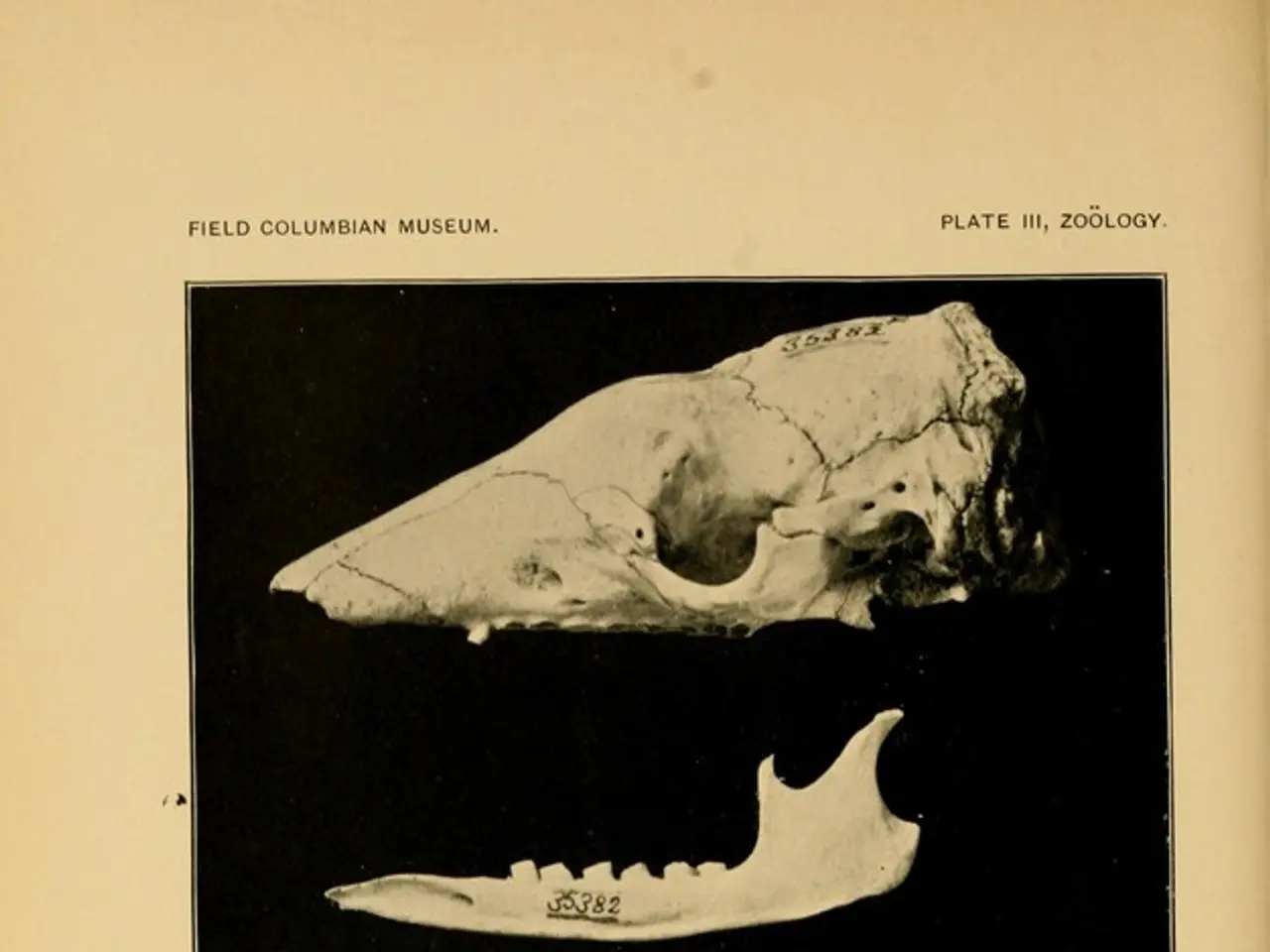Infestation of Small Jumping Parasites: An In-depth Look at Fleas
### Managing Flea Infestations: A Comprehensive Guide
Fleas are a common nuisance for pet owners, causing discomfort and potential health issues for both animals and humans. Understanding the common species of fleas and effective control measures is crucial in maintaining a flea-free home.
#### Common Flea Species
1. **Cat Flea (Ctenocephalides felis)** - This species, the most common flea affecting households, undergoes a four-stage life cycle that can be completed in 2-3 weeks under ideal conditions. They are found worldwide on cats and dogs. - Control measures include using flea combs, topical treatments, and household sprays or powders on carpets and furniture.
2. **Dog Flea (Ctenocephalides canis)** - Similar to the cat flea, the dog flea undergoes the same four stages. However, it is less common on dogs than the cat flea. - Control measures are similar to those for the cat flea, focusing on treating the pet and home environment.
3. **Human Flea (Pulex irritans)** - Although primarily found on humans, the human flea can infest various mammals and birds. Their bites are itchy and can cause discomfort. - Control involves personal hygiene, treating pets if necessary, and eliminating fleas from living spaces using insecticides or professional services.
#### General Control Measures
- Prevention is key in managing flea infestations. Regularly inspect pets and homes for fleas, and use preventative measures such as flea collars or medications. - Treatment involves a combination of topical treatments on pets, vacuuming, and using insecticides or flea sprays in homes. - Sanitation plays a significant role in reducing flea populations. Wash pet bedding and vacuum frequently.
#### Effective Control Strategies
- Cleaning and maintaining porches, mowing the grass, and soaking dry soil with water before treating can bring flea larvae up to the surface. - Most repellents that repel mosquitoes and ticks also repel adult fleas. However, sprays and dusts are not normally recommended or labeled for interior use against fleas. Effective ones usually have a knock-down pyrethroid and an insect growth regulator. - Light traps using sticky cards only trap a small portion of the total possible flea populations and do not control flea larvae. - Overdosing of any of these materials can be irritating or even toxic to pets. - Diatomaceous earth absorbs lipid from insects, causing dehydration of fleas and other household insects. - Dehumidifiers with air conditioning and vacuuming can assist in reducing flea populations within the home. - Additional treatments at intervals, according to label directions, may be needed for outdoor flea control. - When using pesticides applied to pets, it's essential to read, understand, and follow the instructions on the label. - Flea adults and larvae do not hear ultrasonic sounds, making them ineffective in deterring fleas. - Parasitic nematodes, especially Steinernema carpocapsae, are labeled for use against flea larvae and pupae in yards and gardens. - If the cat or dog regularly goes outside, especially to rest or sleep, treating outdoor areas frequented by pets during the summer months is useful. - Total release aerosols are not recommended for flea control as the vapors rarely reach the location of flea larvae or pupae.
In conclusion, effective flea control requires a multi-faceted approach that includes treating pets, cleaning the home environment, and preventing re-infestation. Regular, preventive treatment of cats and dogs is the most reliable way to keep pets clean of fleas and avoid development of a complete flea infestation.
Soil sanitation is a crucial part of a comprehensive flea management strategy, as flea larvae often develop in carpeted areas or soil. Implementing measures like dehumidification, vacuuming, and watering the soil can help bring flea larvae to the surface for easier treatment.
For those dealing with medical-conditions or have health-and-wellness concerns regarding flea bites, it's essential to properly understand the science behind pest management products and follow instructions diligently. Even naturally derived repellents like diatomaceous earth should be used with caution, as overuse can lead to potential toxicity for pets and humans.




